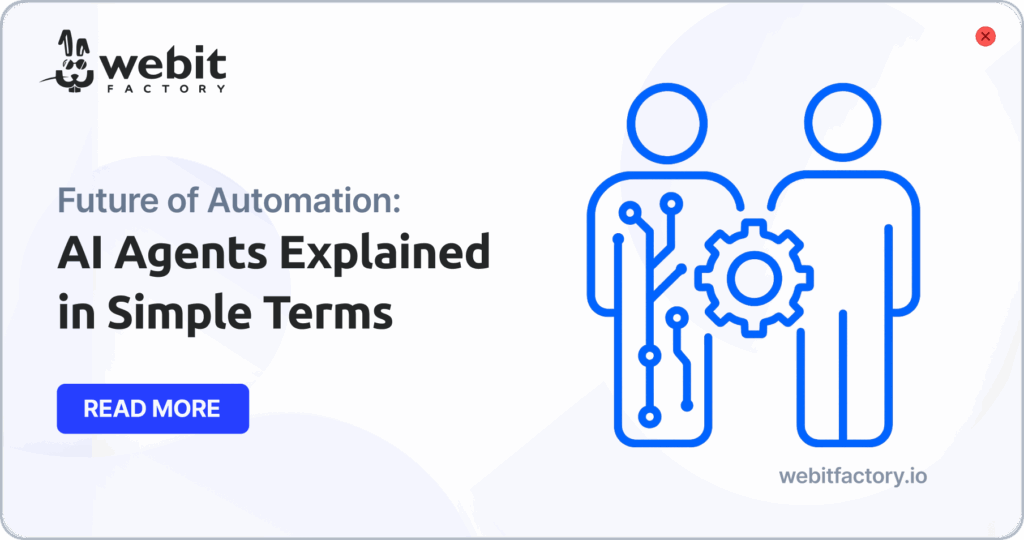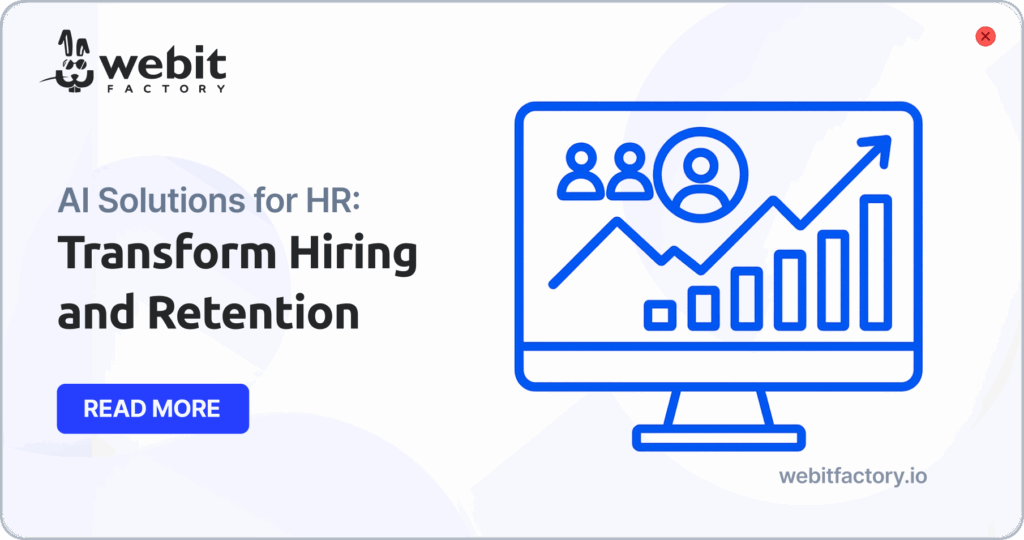AI chatbots for websites are quickly becoming essential for business owners who want to keep visitors happy without stretching their support teams. With users expecting quick answers and smooth experiences, even small delays can push them away. In this article, we’ll look at how smart chatbots handle real challenges, and help both your customers and your bottom line.
Why AI chatbots matter
Customers don’t wait. If your site can’t give them what they need in seconds, they’re gone. AI chatbots are designed to step in fast, hold a real conversation, and get people what they came for, without needing a human right away.
What website owners struggle with
You’ve got the traffic, but conversions aren’t where they should be. Sound familiar? Many sites fall short because visitors can’t find help when they need it. Support teams end up swamped with the same basic questions, and insights into what’s going wrong are often fuzzy at best.
It’s not just an inconvenience, it’s costing you money. When people leave without getting answers, that’s a missed sale or lost lead. And if your team spends hours handling routine issues, that’s time they could be using on higher-impact work.
How chatbots solve common pain points
Here’s where chatbots start to shine. They jump into the conversation at just the right moment, answer the easy stuff instantly, and keep visitors moving forward. And the best part? They don’t guess, they learn from every interaction.
Chatbots don’t just react; they engage:
- They handle FAQs like returns, shipping, or login help
- They pop up proactively when someone seems stuck
- They collect questions users ask, showing you what’s unclear on your site
Tools like Tidio have shown that bots can cover up to 70% of customer queries, freeing up your team and lifting conversion rates by as much as 30%.
When implementing goes wrong
A bad chatbot is worse than no chatbot at all. You’ve seen them: bots that can’t answer anything useful, keep looping you back to the same menu, or won’t hand you over to a real person when things get complicated.
Some common tripwires to watch for:
Bots that only follow rigid scripts
Annoying or tone-deaf popups
No clear way to get human help
Poor accessibility for users with disabilities
One study from arXiv found that 80% of chatbots had serious accessibility issues. If you’re not testing for this, your bot could be quietly alienating a chunk of your audience.
What makes a chatbot right for your site
A great chatbot doesn’t feel like a bot. It feels like help. That comes down to how it talks, how it learns, and how well it fits into the rest of your site.
Smart conversations
It should understand real questions, not just click-menus.
Deep integration
It needs access to your product info, support docs, and pages.
Built-in trust
Secure data handling and accessible design aren’t optional, they’re expected.
As CMSWire points out, the best bots know when to pass the mic to a human. You don’t need a chatbot that tries to do everything. You need one that does the right things well.
AI chatbots for websites aren’t a gimmick, they’re a practical way to reduce friction, improve support, and keep users from bouncing. When done right, they become part of your team: smart, tireless, and genuinely helpful.
So if your site gets traffic but not traction, maybe it’s time to let a chatbot do some of the heavy lifting. Not with buzzwords. With real results.
Got a Website?
Related Articles

AI Agents Explained in Simple Terms
Discover what AI agents are, how they work, and why intelligent agents are reshaping automation across industries.

AI Solutions for HR That Transform Hiring and Retention
AI solutions for HR are transforming hiring and retention with faster recruitment, better cultural fit, and lower turnover rates.

Cross-Chain dApps Are Shaping Web3
Cross-chain dApps are shaping Web3 by streamlining UX, improving contract monitoring, and bridging fragmented blockchain ecosystems.
